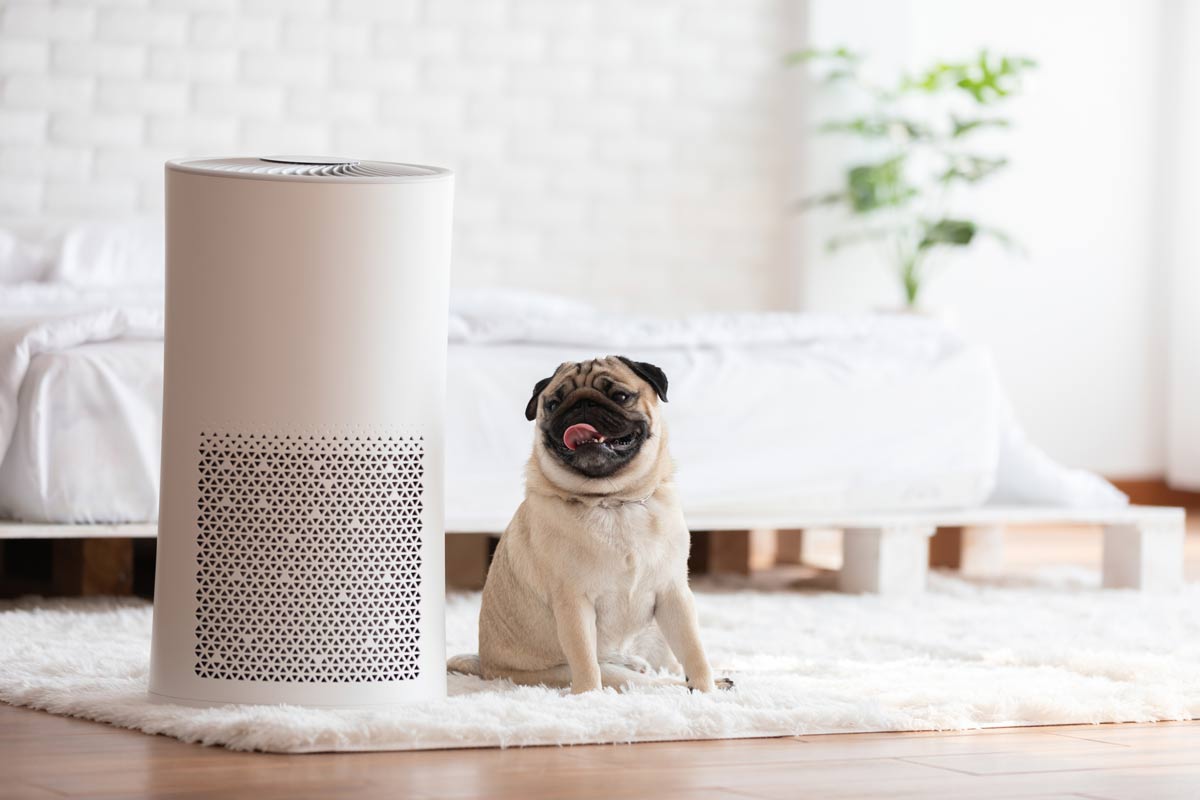
As indoor air quality in the home becomes a higher priority, air purifier science becomes more prominent at the consumer level. Achieving energy efficiency goals means the homes of today are frequently more tightly air-sealed than ever. While indoor temperatures are more consistent and monthly energy costs are lower, levels of airborne particulates may increase due to a lack of circulation and fresh air. Physical symptoms ranging from simple irritation to allergies, asthma, and even chronic illness may result.
The goal of air purifier science is to supplement the filtration function of your standard HVAC air filter. Some examples of current air purifier science available for residential applications include:
HEPA filtration.
HEPA (High Efficiency Particulate Air) filters effectively remove particles down to a size of 0.3 microns — typically more than 99% of particulates in a home. In addition to free-standing portable units for individual rooms or living spaces, whole-house HEPA filtration may be installed in a bypass duct connected to your main HVAC ductwork to continuously cleanse circulating air without inhibiting system airflow.
Activated carbon filtration.
To remove potentially harmful chemical vapors from indoor air, activated carbon filters are often integrated into certain HEPA filter units. These filters can remove harmful VOCs such as formaldehyde and other chemical fumes, as well as tobacco smoke and other gaseous pollutants.
Ultraviolet lights.
Some airborne particles are living microbes, including mold spores, viruses, bacteria, and others. Wavelengths of ultraviolet (UV) light are destructive to microbes. UV lamps are air purifier science routinely used by hospitals and clinics to decontaminate both air and surfaces. Installed inside your HVAC ductwork, UV lights continuously sterilize system airflow to eliminate living airborne pathogens.
Electronic air cleaners.
Some devices ionize airborne particles utilizing a corona discharge process, making particles stick to electronically charged collectors as household air is drawn through the unit. Another use of air purifier science are electronic generators that produce ions which bind to airborne particles, making them less buoyant and causing them to sink out of the air.
For more about air purifier science and the options for a healthier indoor environment, contact Jackson & Sons.